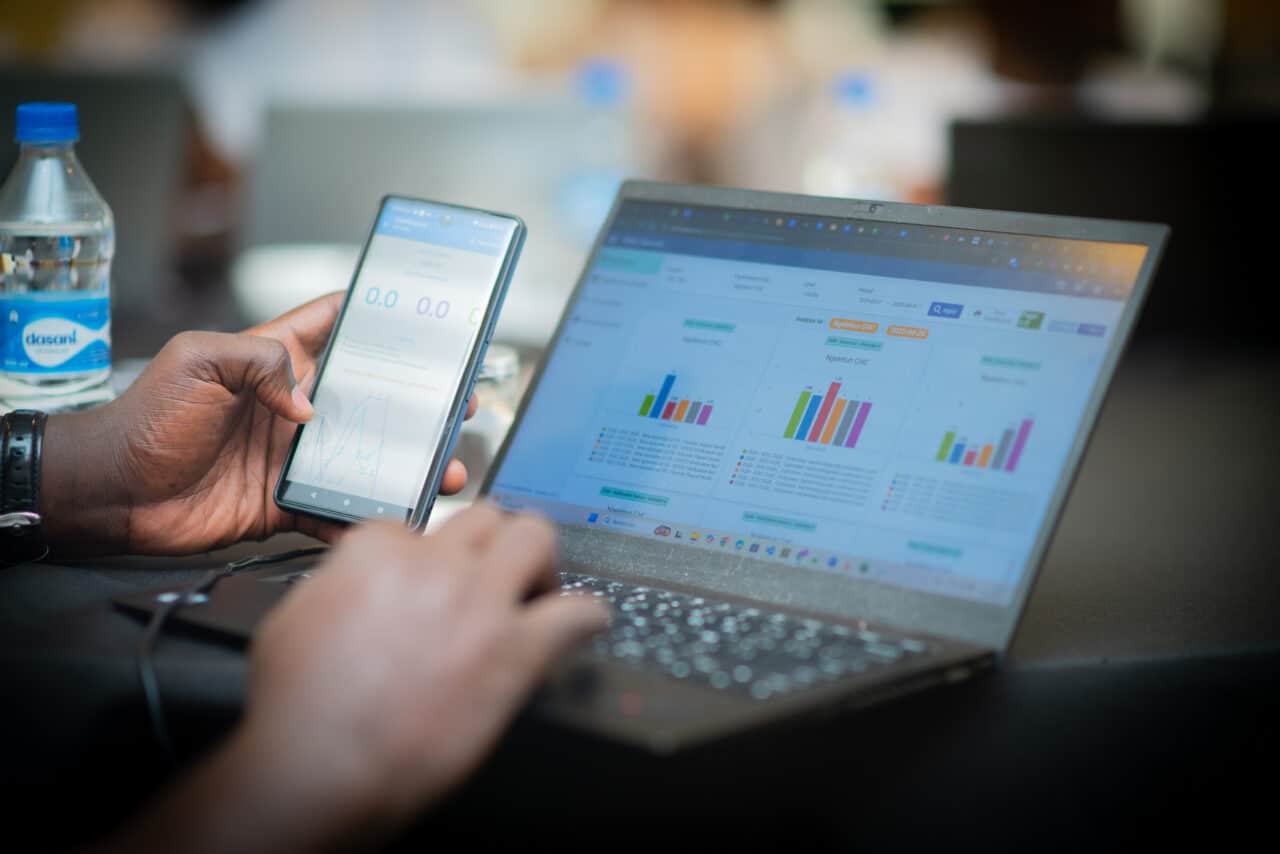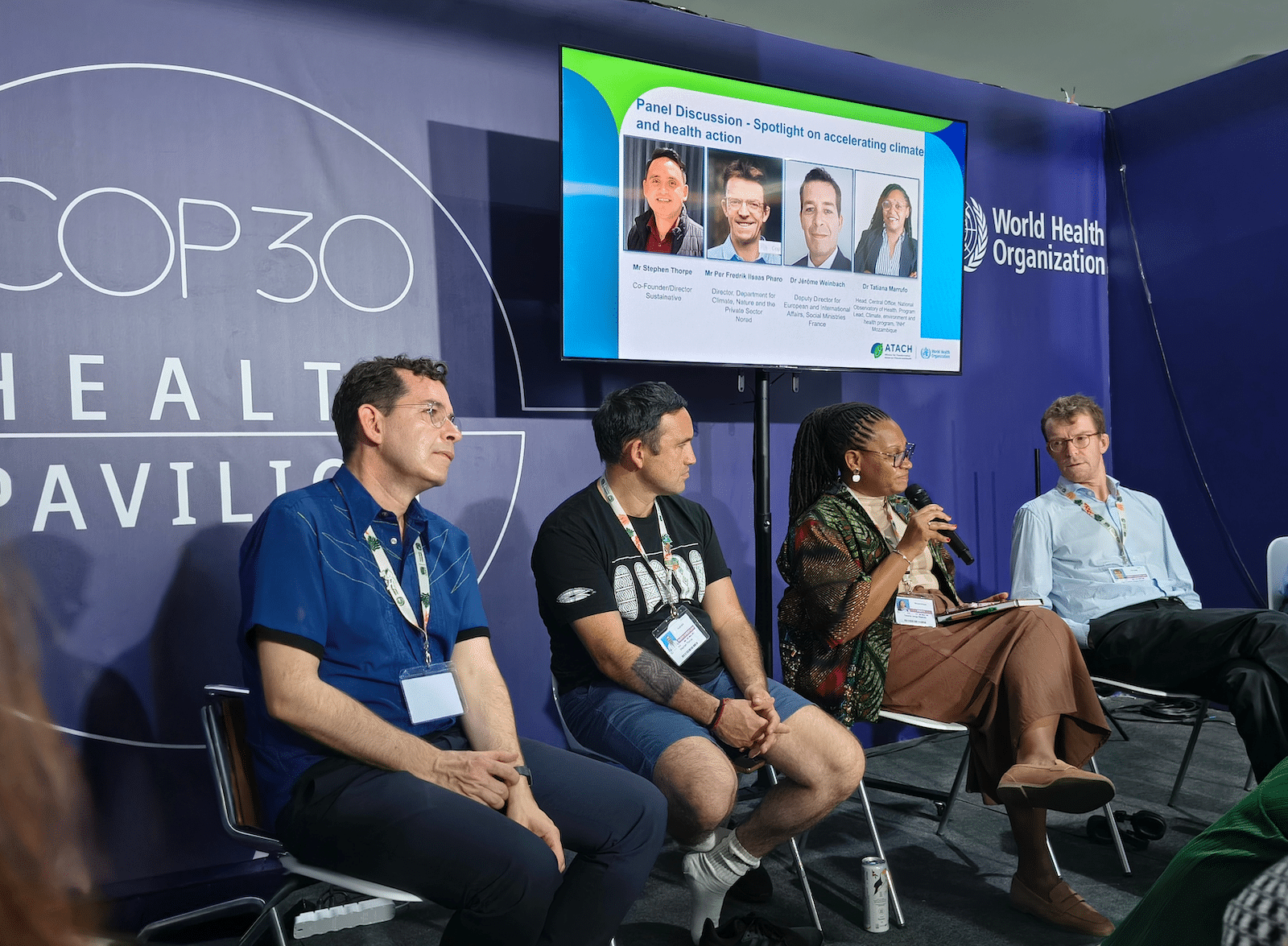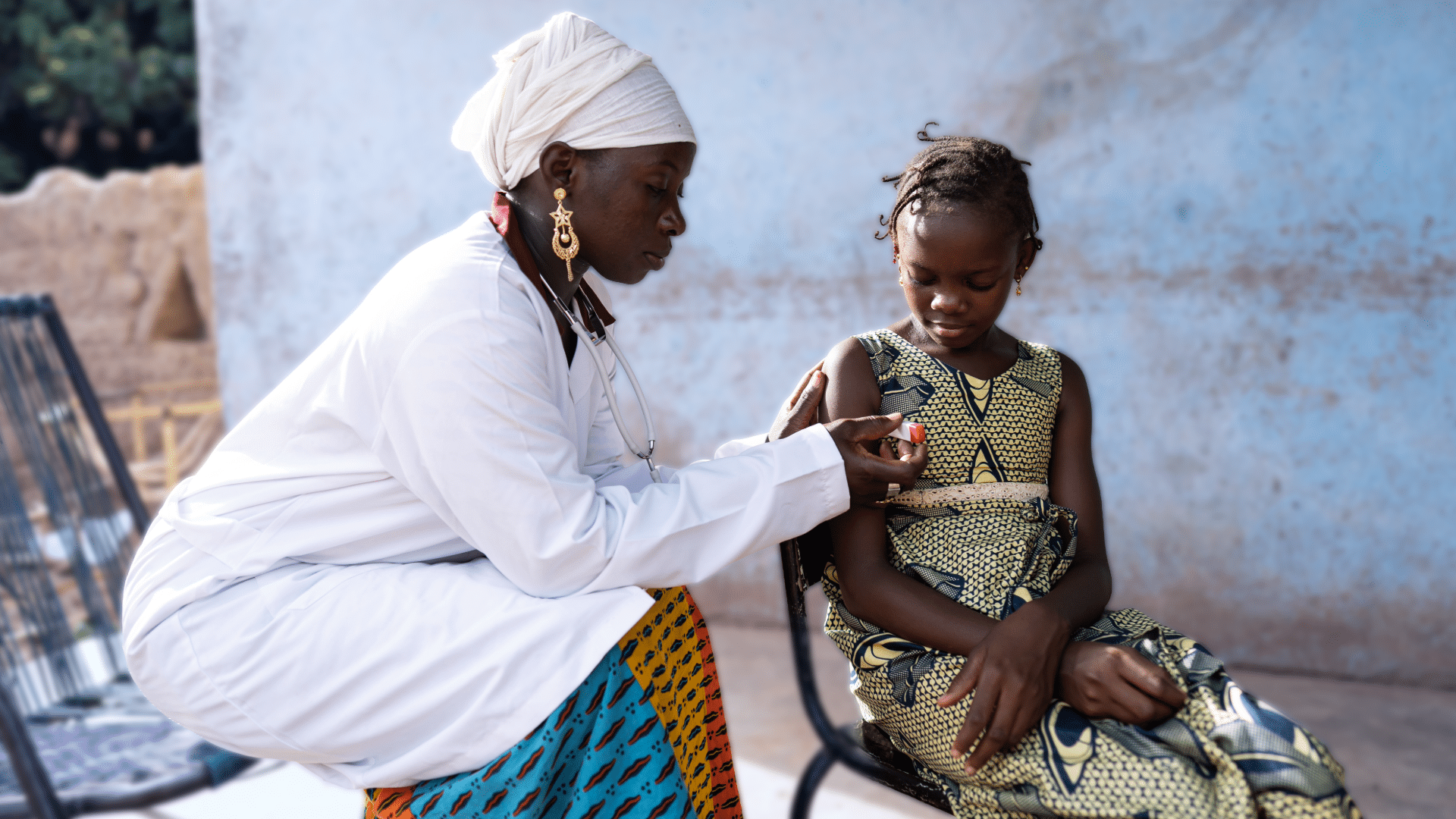
DHIS2 Featured by UNICEF as Digital Tool for Health Campaigns
UNICEF’s new Digital Tool Selection Guidebook recognizes DHIS2 for flexibility, interoperability and national-scale deployment readiness for health campaigns.
DHIS2 is featured in UNICEF’s Digital Tool Selection Guidebook for Health Campaigns, a new resource designed to help governments and implementing partners select digital tools that can improve the planning, delivery, and monitoring of campaign-based health interventions.
Published in July 2025 by UNICEF, in collaboration with the Health Campaign Effectiveness Coalition (HCEC), the guidebook identifies DHIS2 as a “robust platform for aggregating, visualizing, and reporting health campaign data.” In particular, it highlights DHIS2’s support for several key campaign functions, such as Enumeration, Shared Data Registries, and Delivery. These functions are essential for organizing target populations, managing service delivery, and ensuring that campaign data can be aggregated, visualized, and reported in a timely and meaningful way.
Developed by the HISP Centre at the University of Oslo (HISP UiO), DHIS2 is an open-source data platform designed for flexibility, interoperability, and scalability. With its modular architecture and extensive configuration options, DHIS2 allows countries to tailor their digital systems to local needs while meeting global standards. These features make it well-suited for campaign-based work and integrated health programs, particularly when combined with mobile data tools, dashboards, and analytics.
“This recognition reflects years of collaboration with the HISP network and local health partners, as well as global partners like UNICEF, which has helped ensure that DHIS2 can support complex, large-scale health initiatives, while still remaining flexible, so that countries can adapt it to their specific needs,” said Kristin Braa, director of HISP UiO. “It also highlights how national systems built on DHIS2 can serve not just routine health services, but campaign-based interventions as well.”
HISP UiO and the global HISP network have worked with more than 20 Ministries of Health to implement DHIS2 as part of digital health campaign solutions and generate feature requests and user stories from end users and communities of practice like the HCEC. HISP has also partnered with the Clinton Health Access Initiative (CHAI), Gates Foundation, UNICEF and Gavi to develop campaign-specific features and implementation guidance for DHIS2. The latest DHIS2 v42 release contains many new community-driven features that improve DHIS2 functionality for health campaign use cases, such as improved GPS accuracy in DHIS2 Android, Android synchronization troubleshooting features, and bulk data management in the Capture app. A new DHIS2 Implementation Planning Guide for Health Campaigns supports countries to implement DHIS2 as part of integrated digital health campaign digitalization efforts recommended by new guidance from the WHO.
UNICEF’s guidebook highlights opportunities for digital tools to improve performance across all phases of a campaign, from planning and logistics to delivery and real-time monitoring. It includes DHIS2 among a select group of tools that are already widely implemented and proven in country contexts.
DHIS2 is used in more than 80 countries worldwide and continues to expand its role in integrated campaign digitization and data-driven public health management—as well as in education, logistics, climate resilience, and other sectors where timely, high-quality data is critical for decision-making.
The Digital Tool Selection Guidebook for Health Campaigns is available for download at unicef.org.
To learn more about how DHIS2 supports health campaigns, visit dhis2.org/health.


